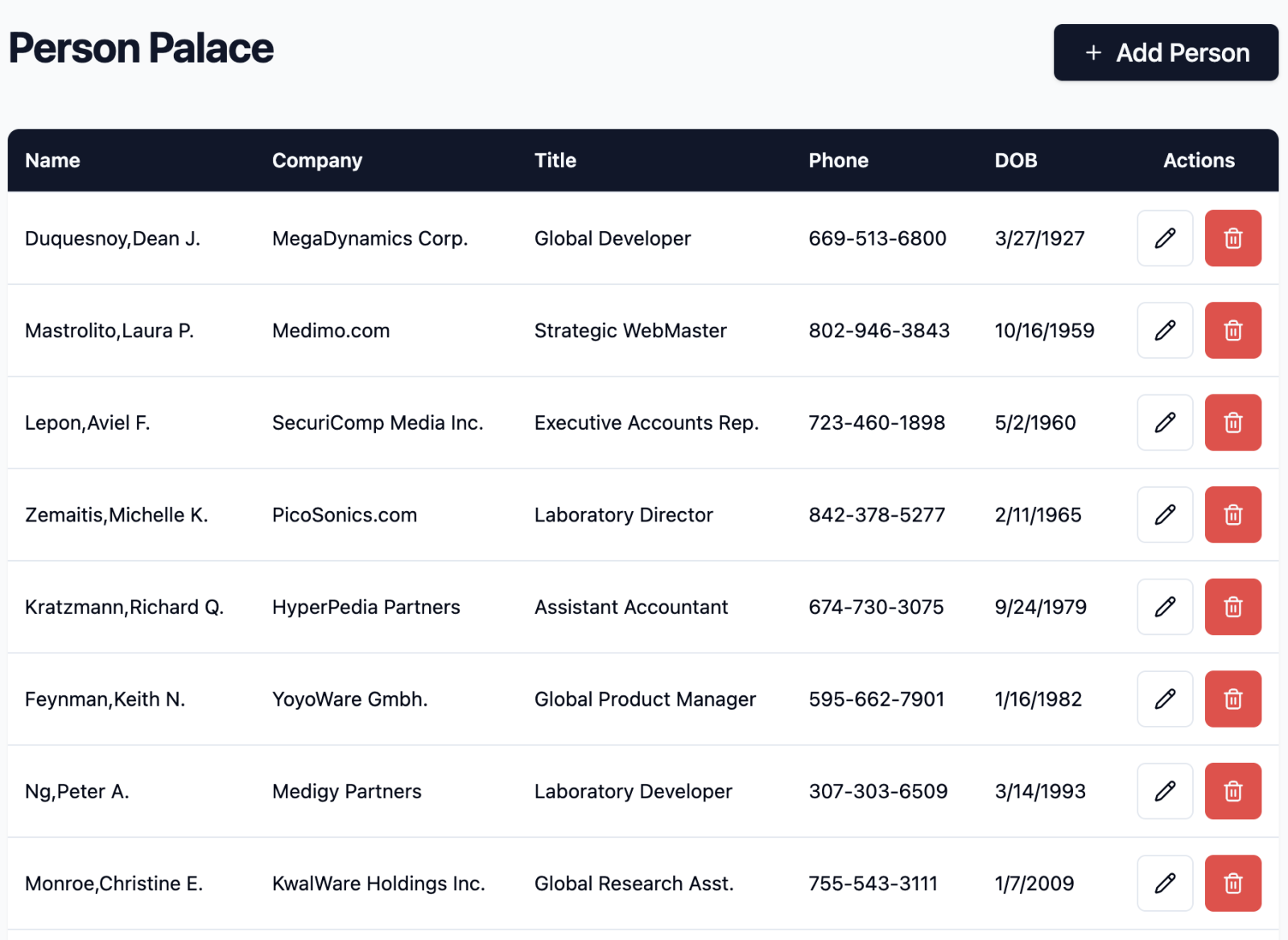Introduction
Hello! In this article, I will be discussing database degrade, a type of data integrity issue one can face when using IRIS. First, I will be going over a review of the structure of IRIS databases. I'll then discuss how database degrade can manifest and common causes of degrade issues. I'll then conclude with general tips we give our customers about how to prevent or prepare for database degrade issues.




.png)